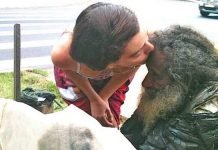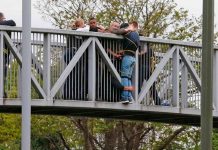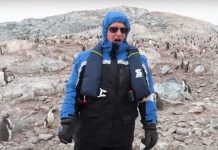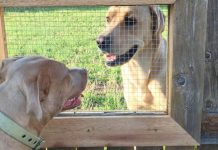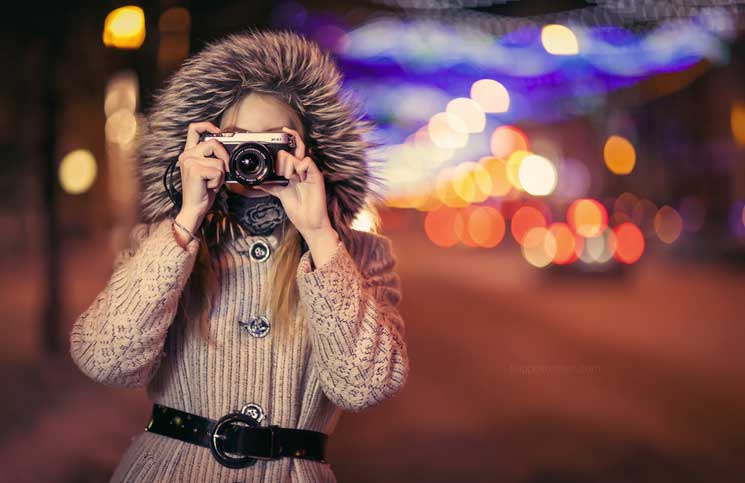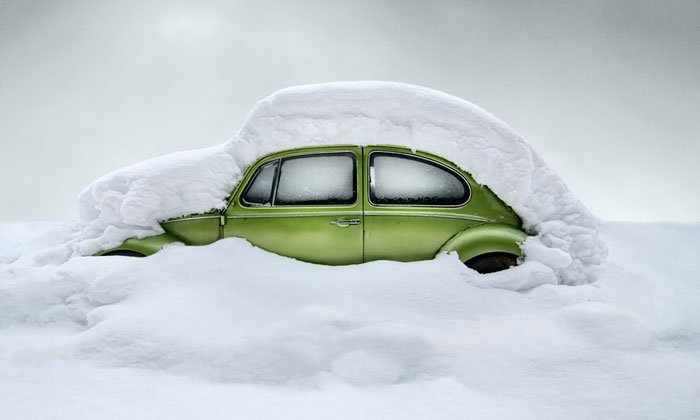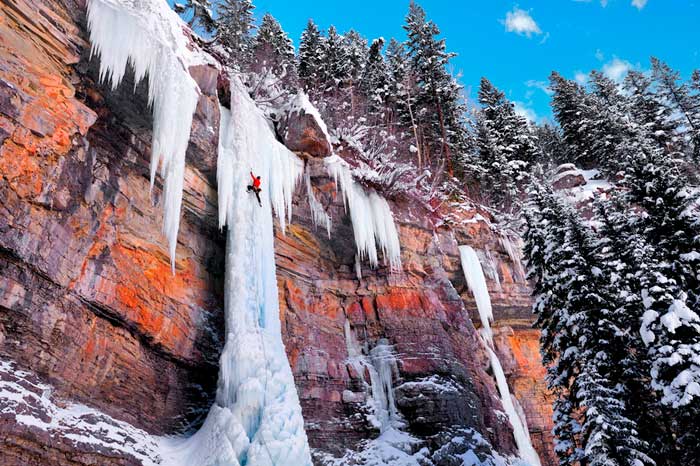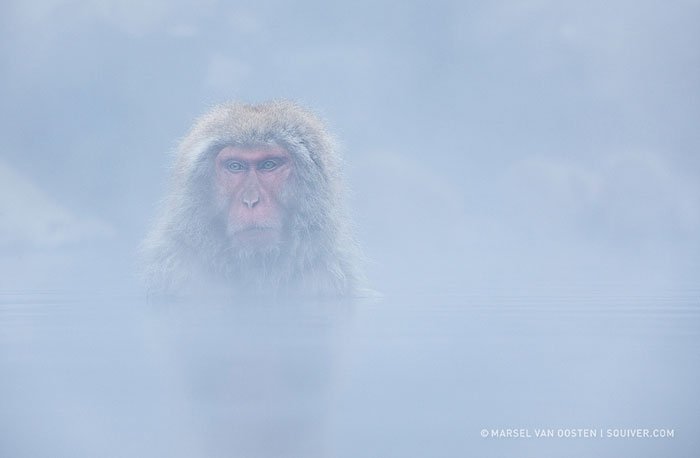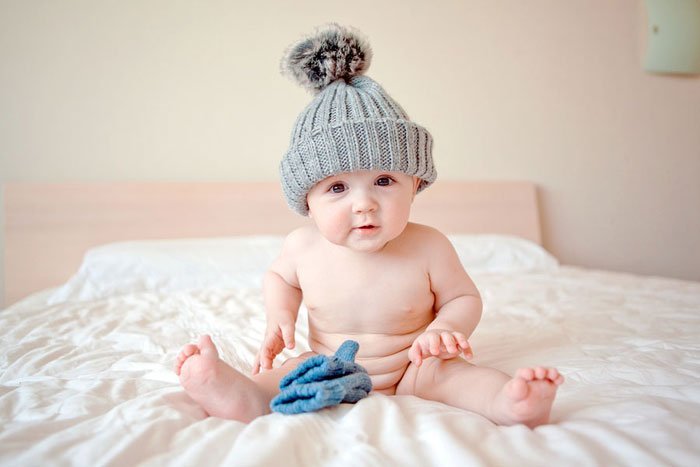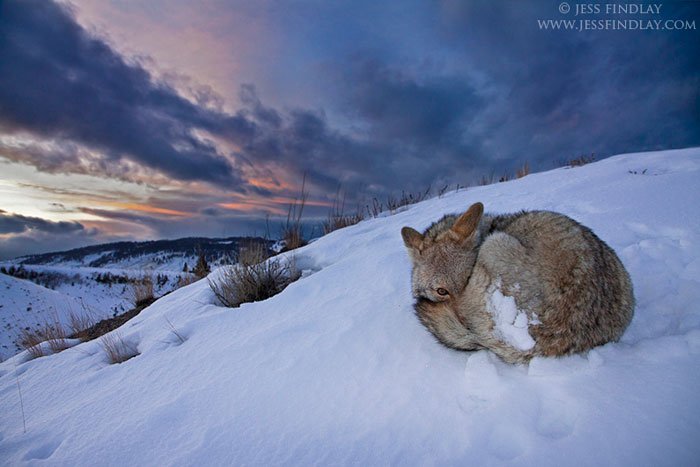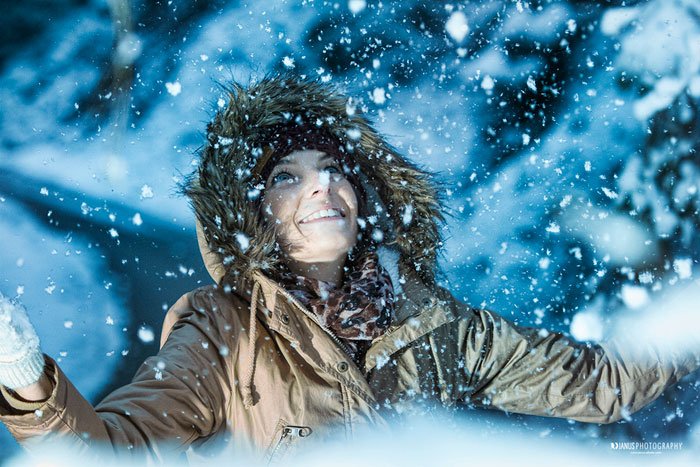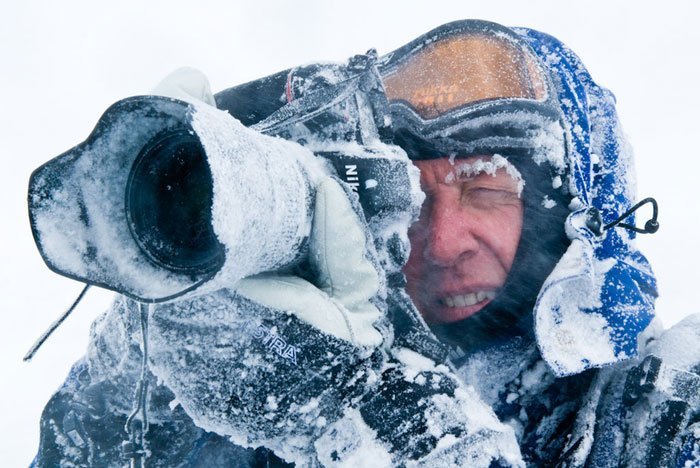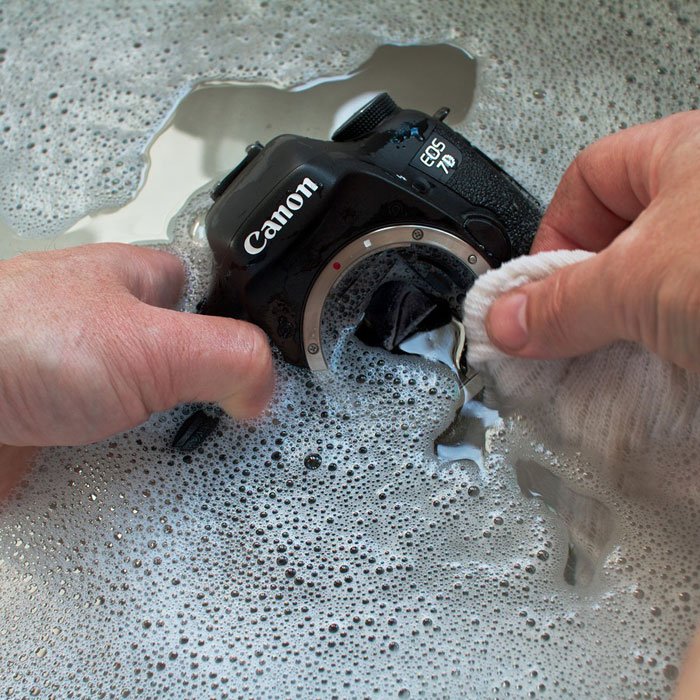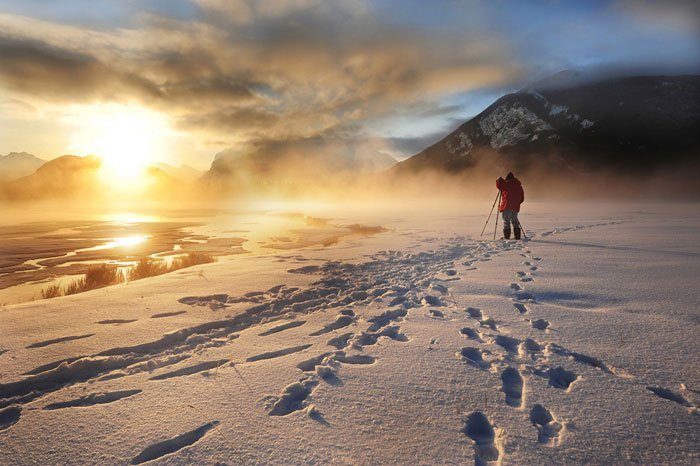The winter is officially here, and you are probably ready to get outside and shoot! These 10 helpful tips by Evgeny Tchebotarev will add joy to your winter photography and just might make you a better photographer. Please enjoy…
#1 Increase exposure compensation
When you are shooting during sunny and bright winter conditions, or you are striving to capture the pure whiteness of the fresh snow, adjust your exposure compensation by +0.3 or +0.7. Cameras don’t know that you are shooting snow (also, technically your camera doesn’t see colour as well), so you have to tell the camera that you are shooting something bright and adjust exposure. Otherwise, your snow will end up looking grey instead of white.
#2 Keep the batteries warm
Batteries lose their power when exposed to low temperatures. If you are used to getting a few hundred shots on one charge, in cold temperature the number of shots you can take on one charge can drop considerably — less 50-70% than you are used to. You can easily cheat the cold by keeping your spare batteries warm, just keep the extra batteries in your inner pocket and close to your body heat.
#3 Save your camera from fogging up
Shooting something in freezing temperatures is a challenge, so when you are ready to warm up in a nearby cafe or any other kind of indoors, be mindful of your camera. If you simply rush indoors with your camera, your lens will fog up immediately with build-up moisture. This will result in painful minutes of you waiting for the lens to defog (and possibly missing that shot). To avoid this — place your camera in a photo bag with lens cover before you enter into any warm place.
#4 Consider photo friendly gloves
If you are shooting outside, you most likely will end up shooting in gloves. If you are like me and use regular gloves, you can find yourself frustrated by not being able to use all the dials and buttons because of the thickness of gloves. Most photo stores would sell special photo gloves with thin thermal fabric around the fingertips, so that you can fully control your camera. Such gloves also may feature a special fabric on the palms for a secure grip. So visit your local camera store and give these gloves a try. They could save you from lots of hassle and frost bite.
#5 Beware of the red noses
I enjoy shooting portraits during winter time, because cute hats and mittens really help to make the shot. But, keeping your model in the cold will most likely result in red cheeks (which is great) and a red nose (not so great). If your model ends up with a red nose in every single shot, don’t panic. Simply adjust the saturation in Lightroom (or any other editing program of choice) — move the Red Saturation slider slightly to the left (at about -10 or -15), and the Orange Saturation slightly left too (at -5 or -10). Decreasing the red and orange saturations will help to mute down the red noses. Try it out!
#6 Capturing the snowfall
One of the most majestic things to photograph is that beautiful snowfall. To get the best shot, consider getting a telephoto lens — anything with a focal length of 70mm and up. For best conditions, you should use 1) a 200mm lens and up, 2) shoot at shallow aperture (consider f/4.5-6.3), and 3) set-up the fastest shutter speed you can (1/400 of a second or faster). What you will be aiming to achieve with such a depth of field, is an effect where the snowflakes right in front of the lens and behind the focus point, would appear to be larger. Having snowflakes large and slightly blurred in front and behind your subject will create that magical feel.
#7 Best time to photograph landscapes
During winter time the sunrises and sunsets can be a lot more dramatic than usual, especially right before or after the snow storms, and they are much easier to photograph. Why? Because during winter the sun rises later in the day and sets much earlier, allowing the landscape photographers to take a break and sleep in (in the summer hours photographers have to be up and ready on location as early as 4am!). While during winter time the sun can rise as late as 7-8am.
#8 Keep your gear dry with a snow cover
If you are out a lot during snow storms, invest in a good snow or rain cover. It will keep your camera and lenses dry during the photo shoots, minimizing the chance of liquid residue getting close to the electronic brains of your camera. You can get a snow cover for as low as $6, but quality covers will set you back $60-100. Still, it’s a great investment and costs a fraction of a camera repair price.
#9 Drying your camera
If your camera ever gets wet, bring it indoors to a warm place and wrap a dry towel around it. Let it sit for several hours. If you’ll try to wipe the snow or water off you may risk pushing it inside the seams where the electronic components are, which can pretty much kill your camera. Just let your camera sit in a towel for a bit, and let the towel absorb all the moisture.
#10 Keep yourself warm
Last but not least, keep yourself warm. Shooting outside can be challenging, and it’s important to be prepared to face the wind and the cold. It’s never a bad idea to overdress — in the worst case scenario, you can unzip your winter coat. Wear gore-tex boots, warm gloves and a hat, and get ready to have a fun day shooting outside!
Thanks for reading! If you enjoyed these 10 tips please share them with your photographer friends and spread the word. Social sharing buttons are to your bottom left 🙂


